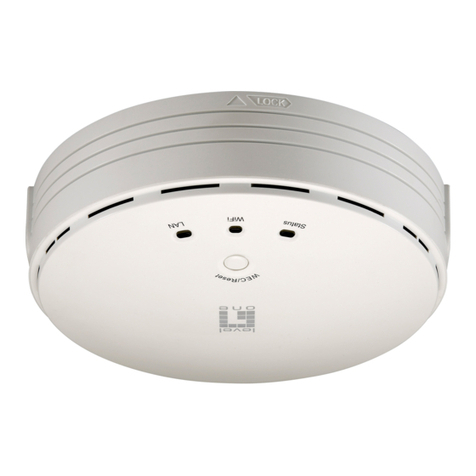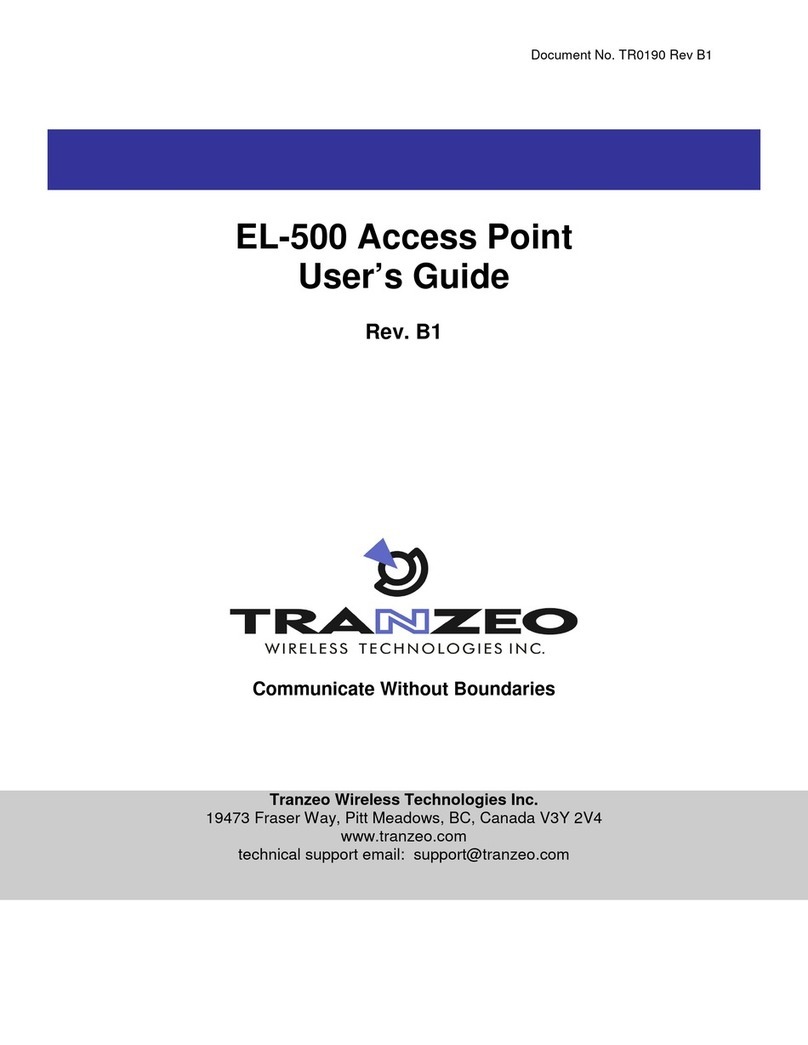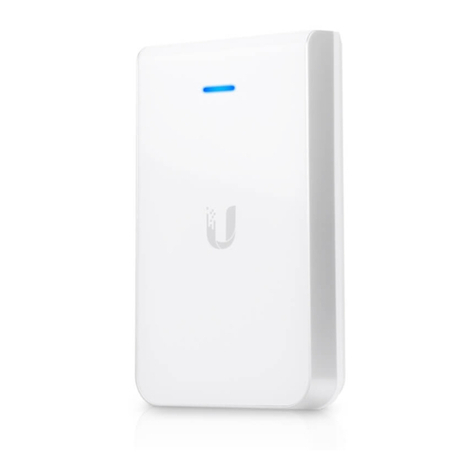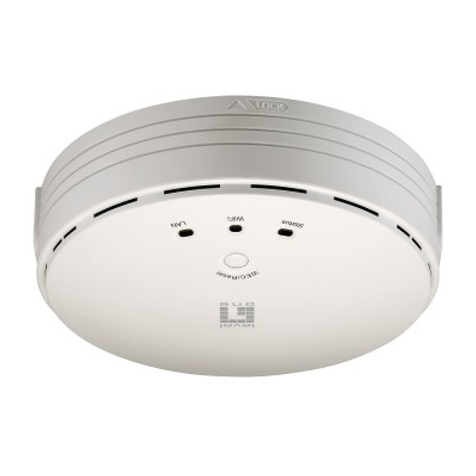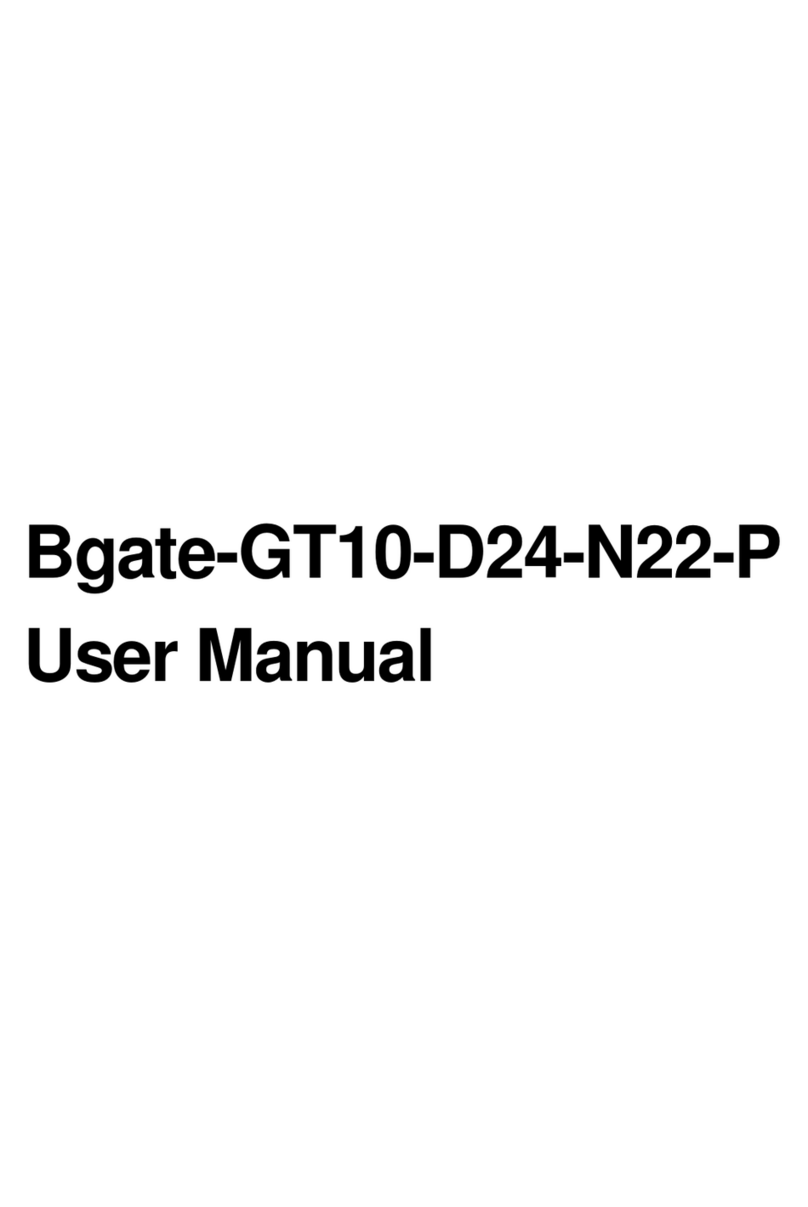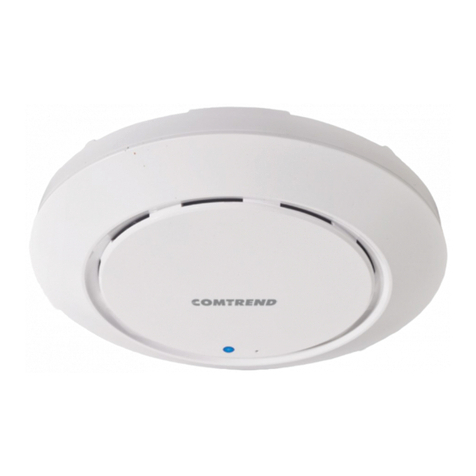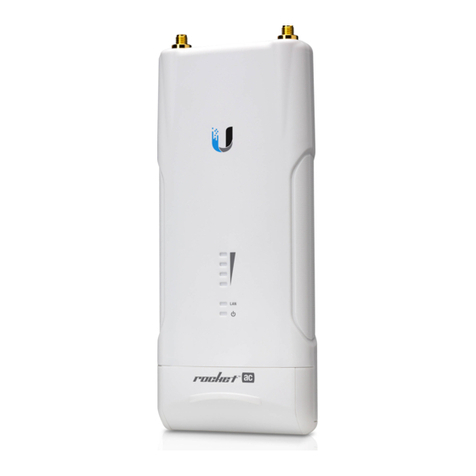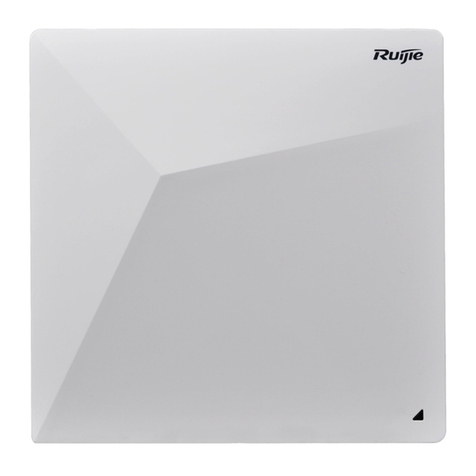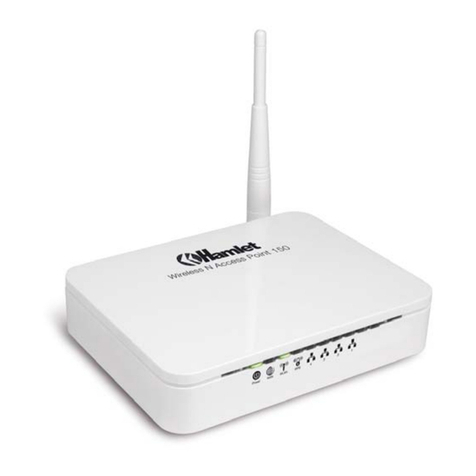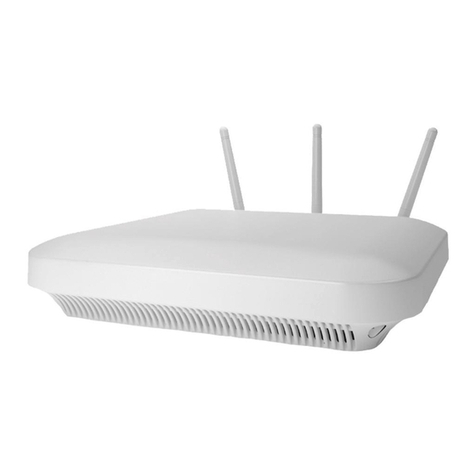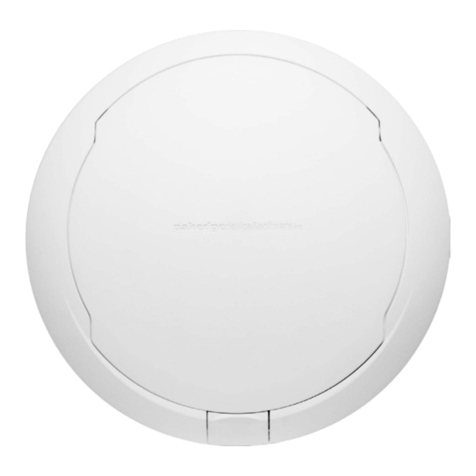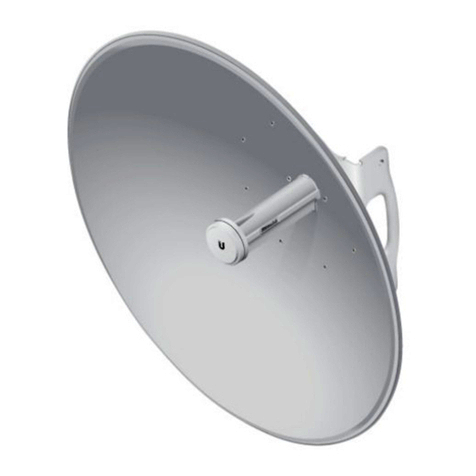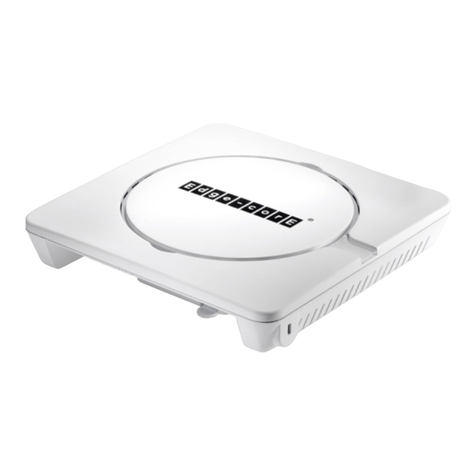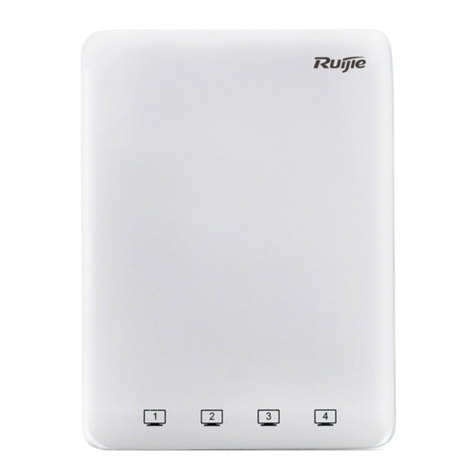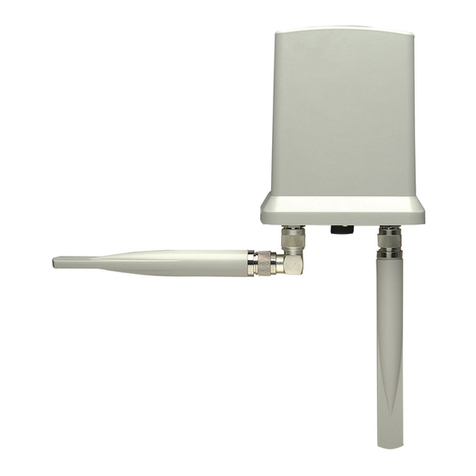
Contents
AP-8533 Access Point Installation Guide 1
Contents
Introduction ...............................................................................................................3
Document Conventions ................................................................................................................................................. 3
Warnings .............................................................................................................................................................................. 3
Site Preparation ................................................................................................................................................................. 3
AP-8533 Package Contents .........................................................................................................................................4
Features ...........................................................................................................................................................................................4
AP-8533 Antennas ........................................................................................................................................................... 5
Dual Band 2.4 GHz / 5 GHz WIFI Antennas - US/Taiwan ......................................................................................................... 5
Dual Band 2.4 GHz / 5 GHz Internal Antennas - US/Taiwan ...................................................................................... 5
Single Band 2.4 GHz Bluetooth Antennas - US/Taiwan ..............................................................................................5
Dual Band 2.4 GHz / 5 GHz WIFI Antennas - Canada ...................................................................................................6
Dual Band 2.4 GHz / 5 GHz Internal Antennas - Canada .............................................................................................6
Single Band 2.4 GHz Bluetooth Antennas - Canada .....................................................................................................6
Dual Band 2.4 GHz / 5 GHz WIFI Antennas - EMEA ...................................................................................................... 7
Dual Band 2.4 GHz / 5 GHz Internal Antennas - EMEA ................................................................................................ 7
Single Band 2.4 GHz Bluetooth Antennas - EMEA ......................................................................................................... 7
Hardware Installation ...............................................................................................9
Installation Instructions .................................................................................................................................................. 9
Precautions ......................................................................................................................................................................... 9
Access Point Placement .............................................................................................................................................. 10
Power Injector System ................................................................................................................................................. 10
Wall Mount Instructions ................................................................................................................................................13
Wall Mount Procedure - New Installation .........................................................................................................................13
Suspended Ceiling T-Bar Mount Instructions ......................................................................................................15
LED Indicators ...................................................................................................................................................................19
Basic Access Point Configuration......................................................................... 21
AP-8533 Access Point Specifications .................................................................. 31
Electrical Characteristics ..............................................................................................................................................31
Physical Characteristics ................................................................................................................................................31
Radio Characteristics ....................................................................................................................................................32
Regulatory Information..........................................................................................33
Bluetooth Wireless Technology ...............................................................................................................................33
Wireless Device Country Approvals .......................................................................................................................33
Country Selection ..................................................................................................................................................................... 34
Frequency of Operation – IC ................................................................................................................................................ 34
Warnings for Use of Wireless Devices ...................................................................................................................35
Potentially Hazardous Atmospheres - Vehicle Installation ......................................................................................35
Potentially Hazardous Atmospheres - Fixed Installations ........................................................................................35
Safety in Aircraft ........................................................................................................................................................................35
Safety in Hospitals .....................................................................................................................................................................35
